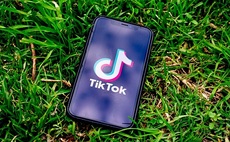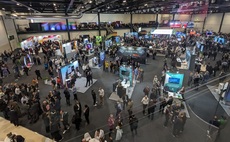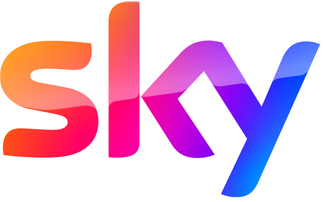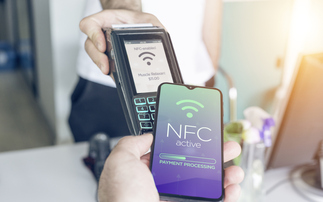Digital word of mouth provides the most effective advertising, while London 2012 was 'the social event of all time'
Digital word of mouth provides the most effective advertising, and businesses with a presence on three or more social networks have 50 per cent better user engagement than others. These claims w...
To continue reading this article...
Join Computing
- Unlimited access to real-time news, analysis and opinion from the technology industry
- Receive important and breaking news in our daily newsletter
- Be the first to hear about our events and awards programmes
- Join live member only interviews with IT leaders at the ‘IT Lounge’; your chance to ask your burning tech questions and have them answered
- Access to the Computing Delta hub providing market intelligence and research
- Receive our members-only newsletter with exclusive opinion pieces from senior IT Leaders























